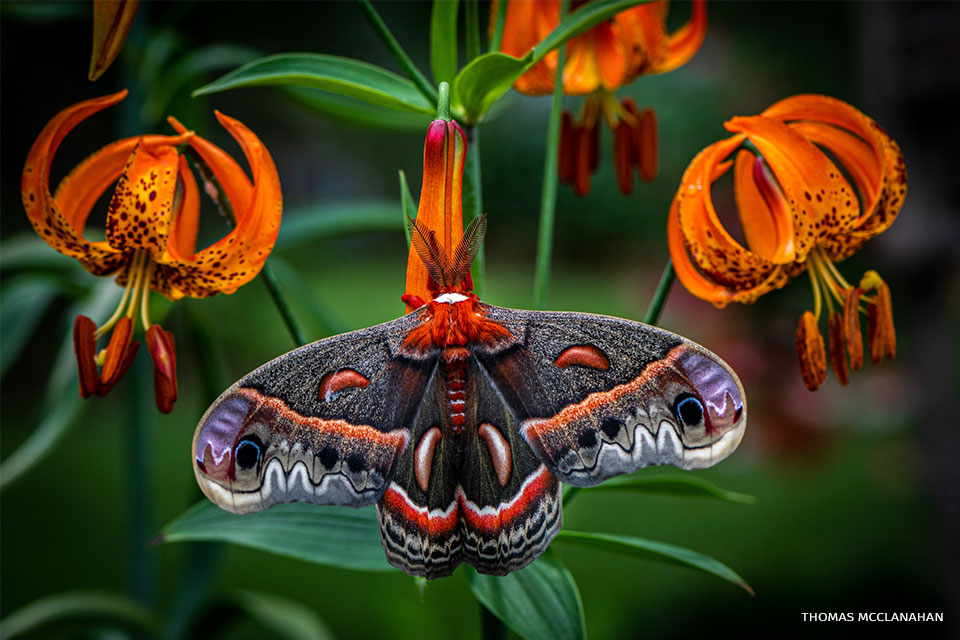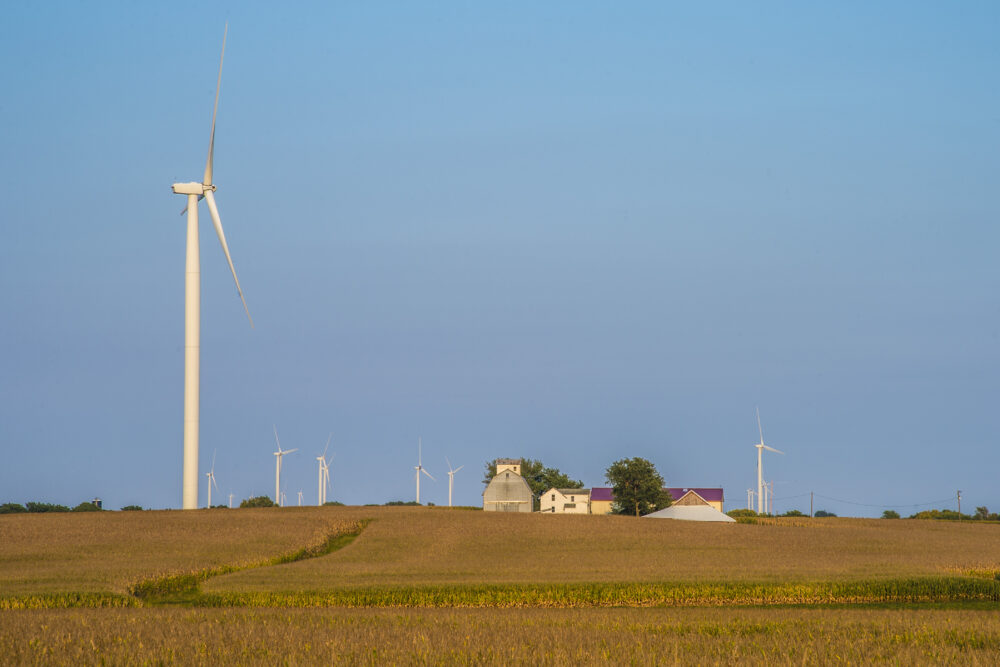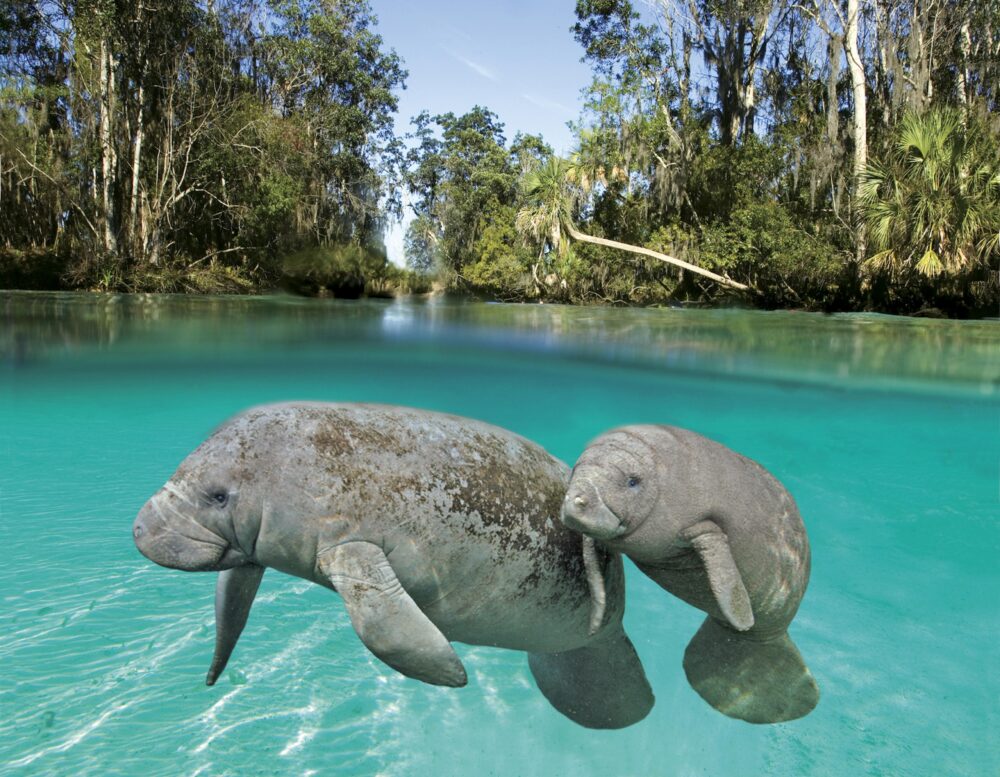We have much more to do and your continued support is needed now more than ever.
NWF’s 112 Best Green Campus Projects of 2012
Today, the NWF Campus Ecology program announces the addition of 112 case studies to our searchable online case study database. This database, which currently holds nearly 800 case studies, has been a valuable resource to campus communities for 23 years, longer than most college students have been alive!

The 2012 additions to the database come at a time when 661 college and university presidents have signed the Climate Commitment, and 476 of those institutions have Climate Action Plans, committing to reducing carbon emissions and addressing sustainability at all levels of campus operations. This year’s case studies represent institutions that have been practicing campus greening for a substantial amount of time, as well as campuses that are just getting started; thus the projects described span the spectrum, from the installation of solar arrays to the distribution of travel mugs to freshmen. The case study database, searchable by year, state, topic or institution, allows visitors to learn from their peers and colleagues–to gain perspective and fresh ideas for campus sustainability, and to promote solutions to common obstacles along the road to green.

View the list of campuses that submitted case studies
Over the next few weeks, we’ll be highlighting select campus sustainability projects on the blog, so keep checking back!
Have you found inspiration from our case study database? What is your favorite project, and why?
Like Campus Ecology on Facebook and follow @CampusEcology and @YouthforClimate on Twitter.





















